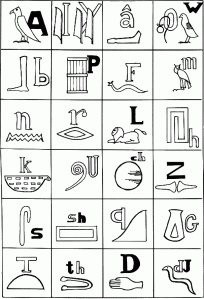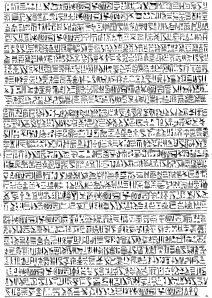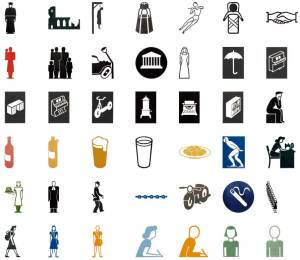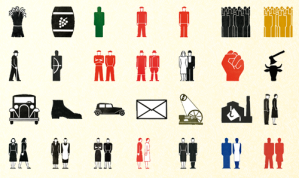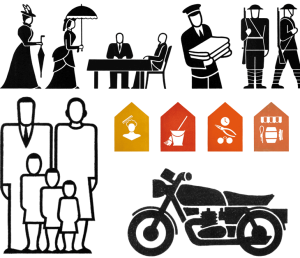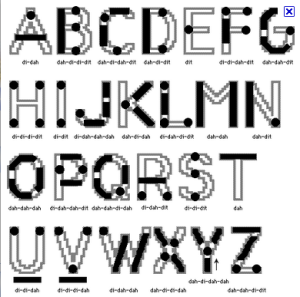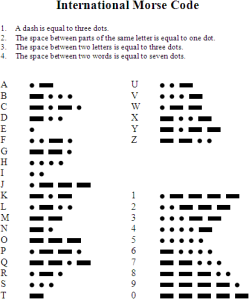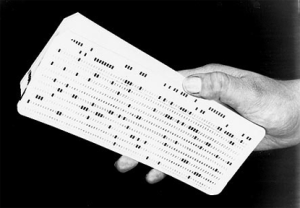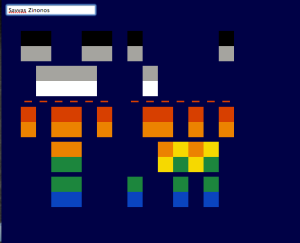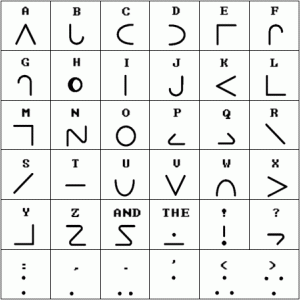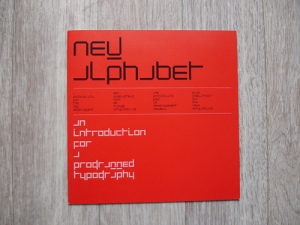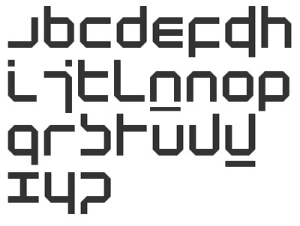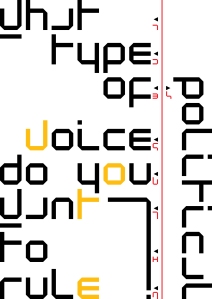Hieroglyphs
Hiero Glyph=Holy Carving: A Greek word for an Egyptian idea: God’s writing.
-one of the first alphabets-a picture-writing dating back to the 31st century BCE.
-multipurpose: pictographic, logographic and phonetic. The many pictures were literal representations (pictographic), or, stood for the sounds made by the words (logographic). A set of images with elementary phonetic values was also developed (phonetic).
Isotype
Isotype is a ‘language’ consisting of around 4000 signs/pictograms which symbolised key data from industry, demographics, politics and economy. Designed by Gerd Arntz. The idea was developed by the Viennese social scientist and philosopher Otto Neurath
Morse Code
A globally known encoding of the alphabet into simple units of short and log pulses. Developed in the USA around 1830 by Samuel Finley Breese Morse. The legend has it that Morse invented this code after attending a performance of Beethoven’s Fifth Symphony, the opening sequence of four notes; Da Da Da Daah becoming to Morse; dot-dot-dot-dash and becoming the letter V, the Roman numeral for 5.
The code consisted of only 6 elements: a dot, a dash and four gaps (the gap between dots or characters, one dot gap, one dash gap, seven dots gap)
Paper tape-Baudot code
The maximum word rate of the Morse Telegraph was about ten words a minute, this was a quickly absorbed bandwidth and the machinery produced no permanent, physical record. There were early experiments at recording the code with a pencil controlled by clock mechanisms and magnets. This was later refined to a more literal representation of dots and dashes but as the human ear was capable of easily translating the sonic pulses and recording them with a pencil, the idea was deemed superficial and abandoned. Sir Charles Wheatstone, one of the inventors of the British Telegraph, reorganised the dots and dashes into two rows and recorded them as holes in a strip of paper. This way, messages could be prepared offline and then transmitted later at a much greater speed, 100 words a minute.
I found this random text in Baudot code and decoded it.
Coldplay’s album cover X&Y used Baudot code. There’s a website that you can generate your name just like the album cover of Coldplay
Moon alphabet
Designed by Dr William Moon, a system consisting of 26 raised letters for partially sighted people, or those who have lost their sight as adults. The Moon alphabet has 8 Roman capital shapes: C I J L O U V Z, 13 letters partially based on Roman capitals or Carolingian minuscules: A B D E F K M N P Q S T X and 5 completely new shapes: G H R W Y.
Designed in 1996 and spurred on by a realisation that digital typesetting was simply the reproduction of lettershapes using nothing more than horizontal and vertical elements. This thinking also prompted the idea that a design based on a wholly vertical/horizontal grid could be ultimately scalable with no loss of quality. An austere design, devoid of any curve, each letter is based on a square, and therefore, they may be stacked vertically in a design.
Crouwel designed it in a spirit of innovation and reduction. It was never shown to machines but it has been very successful with humans, perhaps because we love its differentness, probably because we want letters to evolve.
Source: From the book ‘Shapes for sounds’ by Timothy Donaldson

